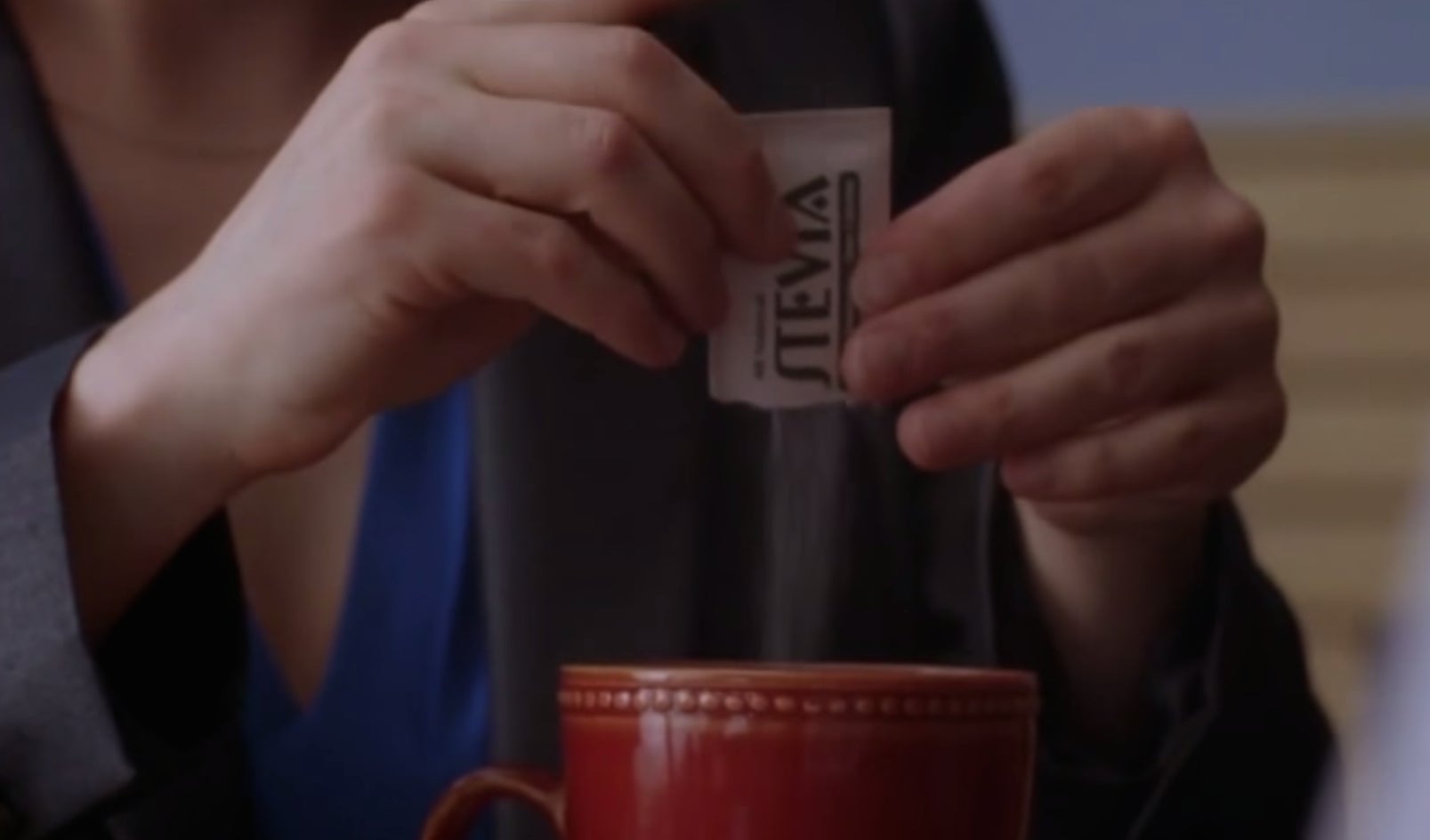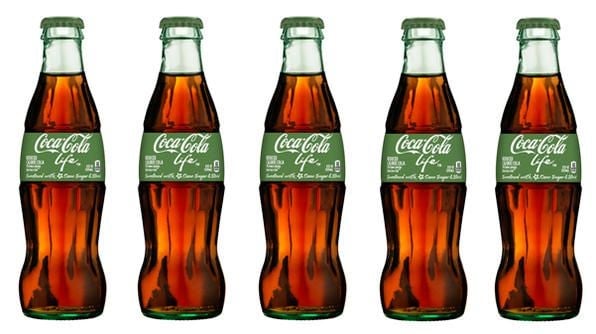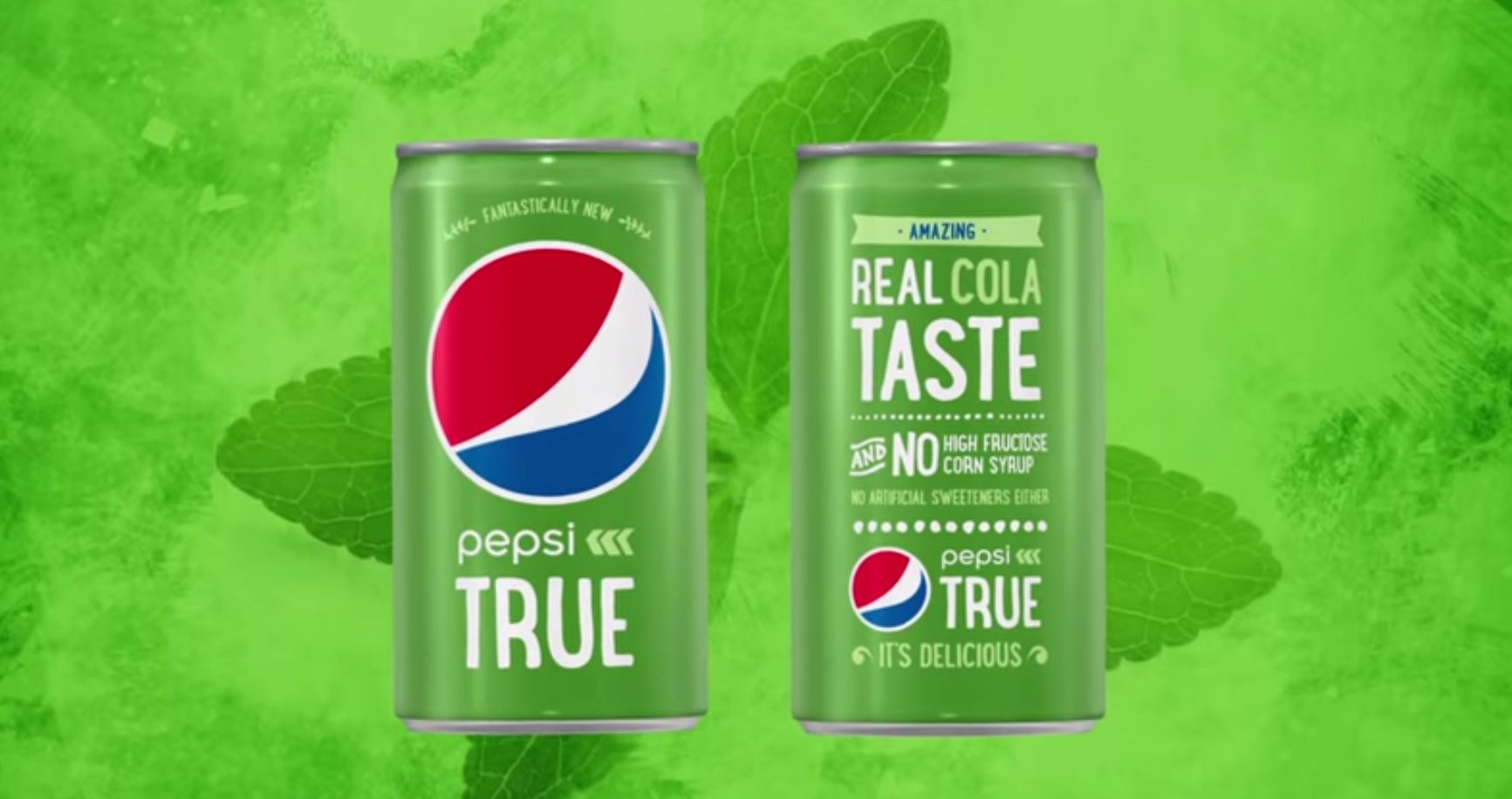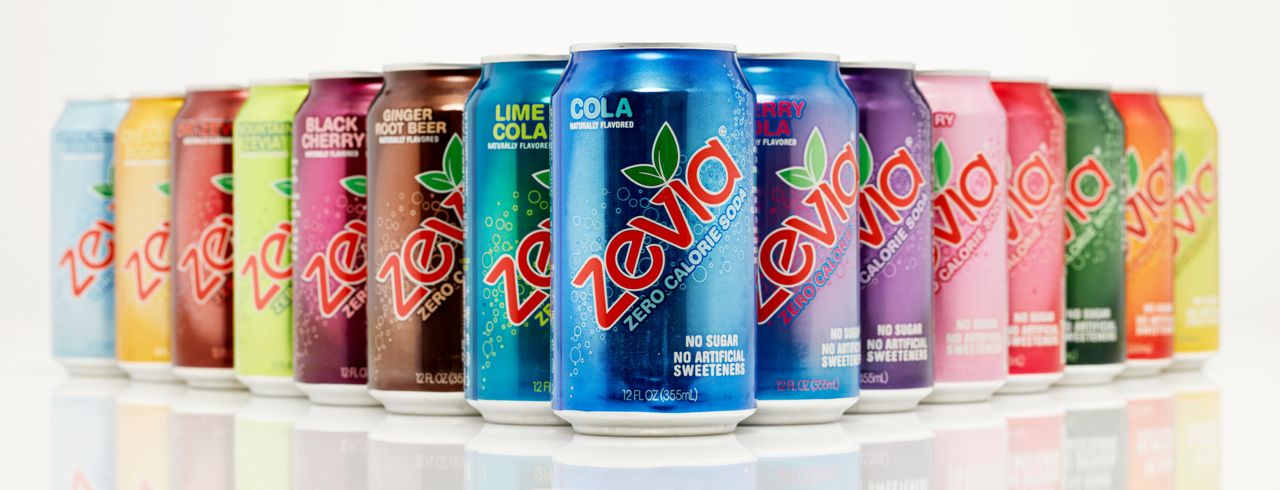Why Big Soda is still struggling with stevia
In the past two months, both the number one and number two soda makers in the US have launched new, mid-calorie drinks. Pepsi debuted Pepsi True, packaged in cute, 7.5-oz (220 ml) cans and sold exclusively on Amazon, starting in October. Coca-Cola began selling Coke Life, packaged in expensive-looking 8-oz glass bottles, in select retail stores around the same time, and nationwide distribution began in early November.


In the past two months, both the number one and number two soda makers in the US have launched new, mid-calorie drinks. Pepsi debuted Pepsi True, packaged in cute, 7.5-oz (220 ml) cans and sold exclusively on Amazon, starting in October. Coca-Cola began selling Coke Life, packaged in expensive-looking 8-oz glass bottles, in select retail stores around the same time, and nationwide distribution began in early November.


Both come with green labels. Both contain 60 calories per serving, less than half as many as in a 12-oz can of regular Coke or Pepsi. (Coke Life also comes in 12-oz cans with 90 calories each). One reason is the small servings. The other is that they’re sweetened with a combination of cane sugar and stevia.
Stevia is a herbal extract, derived from a leafy plant called Stevia rebaudiana, and a calorie-free “natural” alternative to artificial sweeteners such as aspartame and sucralose. It’s been used as a sweetener for over a decade in the US, though it wasn’t until 2008 that the Food and Drug Administration approved stevia (more specifically, a compound in stevia known as Reb-A) as a food additive. Coca-Cola has used stevia in 45 of its products worldwide.
But consumers have mixed feelings about the stuff. It’s attractive, in theory, for those who want to consume less sugar but are uneasy about artificial sweeteners. But it has a bitter aftertaste that’s hard to mask. When Coke added stevia to the full-calorie version of Vitaminwater last May, fans of the drink hated it and Coke had to reverse course. I predicted at the time that Coke Life would be similarly unpopular, combining the worst traits of regular Coke and Diet Coke (“enough [real] sugar to hit waistlines, too little to satisfy taste buds”).
So it was a surprise when, early in November, market research firm Haynes & Co. declared the drink a smashing success in the US, based on its performance in early test markets.
Coke wouldn’t comment on the rumors that its new product was “an enormous hit,” but plenty of consumers took to social media in the first weeks of the drink’s availability nationwide.
There are at least a few who love it.
The bitter truth
Companies have been trying to make a popular stevia-sweetened soda for years. Their customers are coming around to the view that regular soda is a grave threat to global health in an age of obesity. But diet soda is now perceived as equally poisonous: We don’t yet fully understand the way artificial sweeteners may affect the gut microbiome or the brain’s “sweet sensors.” So finding a sweetener that doesn’t have calories and isn’t artificial is like the holy grail for soda companies. They’ve been betting on unlocking this in stevia.
So far, however, what scientists have been able to extract from the plant doesn’t taste quite right. As the New York Times explained in January (paywall), stevia is one of approximately one hundred “natural, noncaloric” compounds that can trigger a sweet taste. Their flavors all compare pretty favorably to sugar in tiny doses, but soda is not made with tiny doses of sugar. In the quantities required to sweeten a carbonated soft drink, the list of a hundred possible natural substitutes for sugar gets whittled down quickly. Few of them remain stable at both hot and cold temperatures, and almost all of them have some sort of aftertaste.
For now, the best thing scientists have got is the stevia extract Reb-A, and the best way to minimize its aftertaste is to mix it with some regular sugar—hence the mid-calorie soda. But “best” doesn’t seem to be good enough. Remember Sprite Green? Me neither. Apparently it had both regular sugar and stevia and was sold between 2008 and 2010. Stevia-sweetened Sans Natural Diet Soda debuted in 2011, and hasn’t been seen since 2012. Coke’s Fanta Select came out for testing in 2012, never to be mentioned again. Pepsi Next didn’t do so well in the US, where it was made with a combination of high-fructose corn syrup, aspartame, and sucralose, but there’s a stevia-sweetened version of it sold in Canada and Australia. Sierra Mist sold in the US now contains a small amount of stevia—just enough to reduce the calories in a 12-ounce can from 140 to 120—but fans of the drink seem to be having a Vitaminwater moment: They say Sierra Mist tastes different now, in a bad way. And the new Pepsi True—which PepsiCo says it took three years to figure out—isn’t a universal hit either.

John Oehlke, a former Coca-Cola executive and current VP at PureCircle, which supplies stevia to various food and beverage companies, is confident that eventually stevia sodas will be satisfying. He remembers being disappointed by Diet Coke at first; now he drinks several cans a day. Reb-A isn’t the only form of stevia leaf extract, and Oehlke reckons that stevia-sweetened sodas of the future will be better than today’s, just as Coke Zero ”tastes more like regular Coke”—thanks to a blend of three artificial sweeteners—than Diet Coke, which only uses aspartame.
In remarks a few weeks ago (registration required) at Morgan Stanley’s Global Consumer Conference, Coca-Cola executive Sandy Douglas said Coke Life is “not an end product… It’s going to continue to get an improving formula, probably less calories, better taste.”
Douglas also seems to credit whatever success Coke Life has had so far to its unique green packaging. Selling drinks in smaller containers is apparently a smart move, too: ”The health and wellness trend has set up, almost teed up, a tremendous opportunity for the Coca-Cola Brand with our smaller packages,” he said. ”Purchase intent for mini-cans versus 12-ounce cans, among moms, is up 25%.” It stands to reason that moms would feel better about giving their kids eight ounces of soda at a time than 12 or 16.
Paddy Spence, the CEO of Zevia, an enduring (and fairly popular) line of calorie-free stevia-sweetened sodas, says, “The Coca-Cola company has done a fantastic job of setting expectations very low” for Coke Life, and relative to those, the drink is doing well. But Spence also thinks that Coke Life really does offer something different. Whereas Zevia is an option for people who want zero calories and zero artificial sweeteners, Coke Life is a halfway house—for people who currently drink full-calorie sodas and are looking to “step down” from those products to reduce their caloric intake.
So if you want a “reduced-calorie” soda with real sugar, try Coke Life or Pepsi True. And let us know how it tastes.